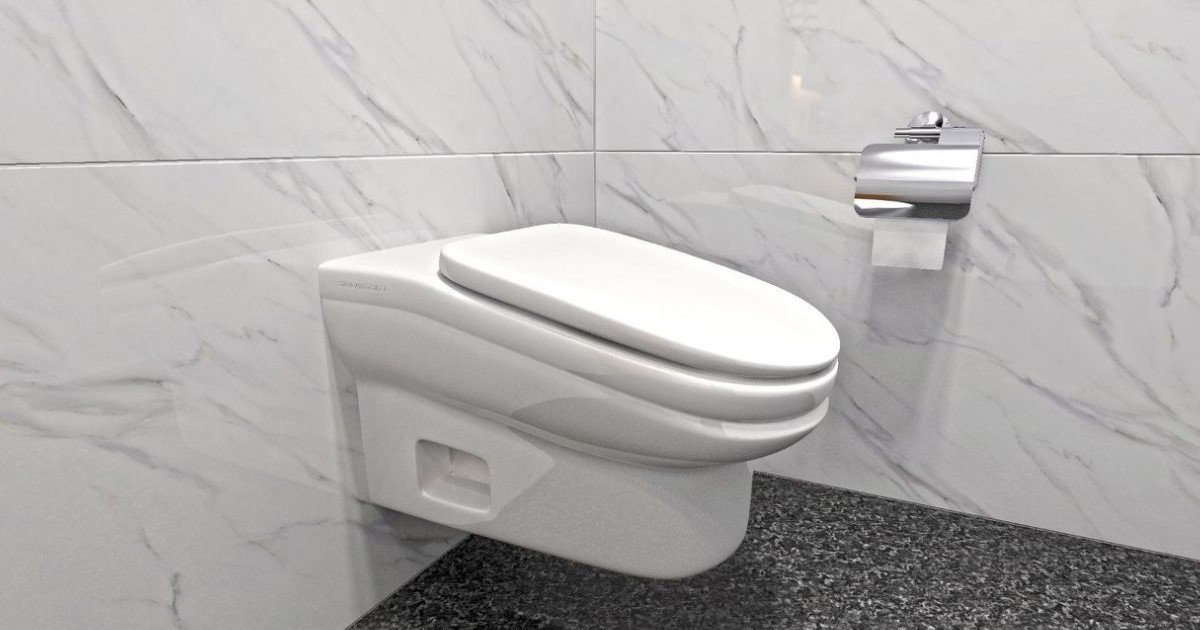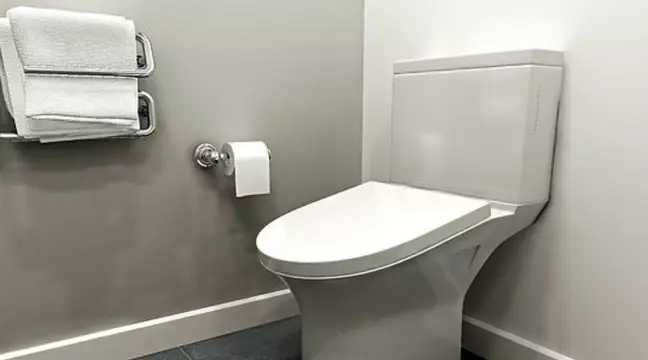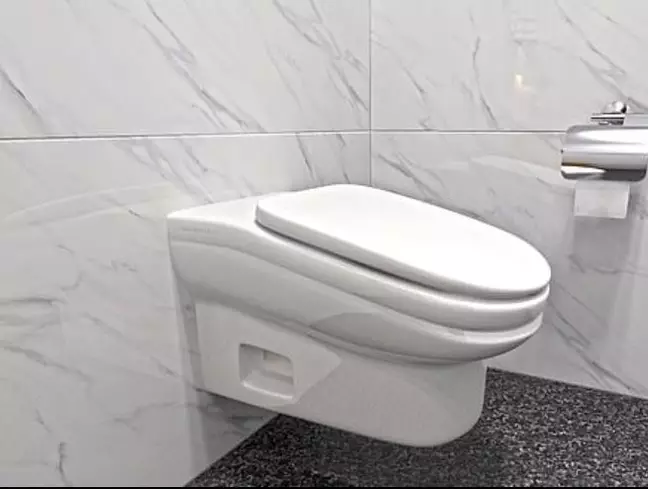Regardless of the fact you love your job or not, you can’t deny the importance of toilet breaks.
These moments that we steal from our busy jobs and annoying bosses help us in getting ourselves together for the rest of the day.
Sadly, someone just came up with a futuristic invention known as the ‘StandardToilet,’ which is set to change all the emotions linked with using toilets on the job.
The invention, that’s supported by the British Toilet Association, aims to reduce the time employees spend, or waste, on the toilet seats.
Needless to say, the concept has got a lot of attention from motorway rest areas and local councils.
The way the toilet is designed is simply genius. The seat has a 13 degrees slope.
Now, what the slope does is that it puts the toilet user’s leg under the same strain that happens during squats. This makes the person sitting on the seat want to get up after a maximum of five minutes.
“It is estimated that in the United Kingdom alone, extended employee breaks costs industry and commerce an £4($5.20) billion per annum,” said Mahabir Gill from StandardToilet.
“With the advent of flexible zero hour contracts it is easy to see why our StandardToilet can be an asset to a business.”
The new design, that we might think is just a measure to save time, is actually also good for the health of the user. Mahabir explained it, saying: “Medical studies have suggested that using the traditional WC can cause swollen hemorrhoids and weakening of pelvic muscles.
“The StandardToilet provides Increased comfort through promoting the engagement of upper and lower leg muscles which helps reduce musculoskeletal disorders.”
He added: “Thirteen degrees is not too inconvenient, but you’d soon want to get off the seat. Anything higher would cause wider problems.”
Protecting.co.uk carried out a survey in eight cities of the UK, revealing that employees spend 28 minutes on average every day on the toilet seats during working hours.
They found that this seemingly innocent act had a major effect on the efficiency of the firms.
An employee spending around 28 minutes on the seat translates to the company losing above two working hours per employee per week. In terms of money, that means a loss of $2,000 per employee annually.
This is Mahabir’s side of the toilet story, other people think that these breaks are actually necessary to maintain employee efficiency.
Co-author of the Around the Toilet project, Charlotte Jones, told Wired: “Viewing time spent in the toilet as a threat is the wrong way of looking at the issue entirely.
“I think the importance of the toilet as a refuge during the workday says more about inadequate workspaces, heavy workloads and unsupportive management, than it does about the workers themselves.”
Replaced!




